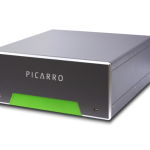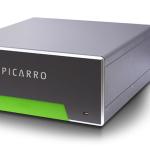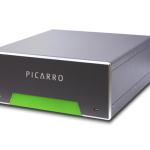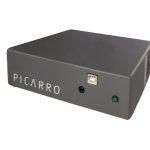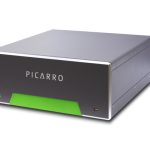New Picarro Water Isotope Analyzer Makes The Quantum Performance Leap with Per Meg Precision
Santa Clara, CA - August 24, 2011: Picarro, the world’s leading provider of instruments for carbon and water cycle measurements, announced today the L2130-i, a new water isotope analyzer that advances measurement precision to a new level enabling scientists unprecedented capability to measure fine scale changes…


